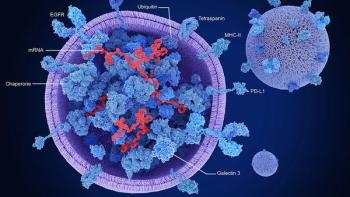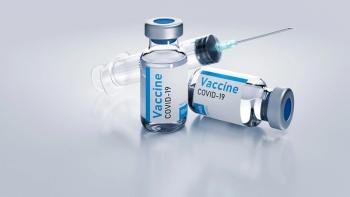
Shire to Acquire SARcode for $160 Million
Shire has announced plans to acquire dry eye specialist SARcode Bioscience with the aim of expanding its ophthalmics portfolio. Under the terms of the agreement, Shire will pay $160 million upfront and SARcode shareholders will receive additional undisclosed payments upon achievement of certain clinical, regulatory and/or commercial milestones.
Shire has announced plans to acquire dry eye specialist SARcode Bioscience with the aim of expanding its ophthalmics portfolio. Under the terms of the agreement, Shire will pay $160 million upfront and SARcode shareholders will receive additional undisclosed payments upon achievement of certain clinical, regulatory and/or commercial milestones. The transaction is expected to close in the second quarter, subject to regulatory approval in the US and other customary closing conditions.
This move continues to build Shire's presence in the ophthalmology therapeutic arena. SARcode's primary attraction is lifitegrast, a small molecule integrin antagonist, which is currently undergoing Phase III evaluation for signs and symptoms of dry eye disease. The drug is administered via a preservative-free topical eye solution. Shire hopes to launch lifitegrast in the US in 2016 pending positive Phase III results and FDA approval. The company is also acquiring global rights to lifitegrast and will evaluate an appropriate regulatory filing strategy for markets outside of the US.
This will be Shire's second acquisition in March following its purchase of Sweden-based Premacure, announced two weeks ago. "The acquisition of SARcode is a demonstration of Shire's focus on continuing to build our research and development pipeline with innovative, well-differentiated assets that address significant unmet patient need," said Flemming Ornskov, CEO of Shire, in a
The global ophthalmic pharmaceutical market is valued at approximately $13 billion in 2012 with a compound annual growth rate of 4.5%. Dry eye disease affects approximately 25 million people in the US. Approximately 9 million patients are receiving prescription drug treatment and 10% are on the only currently approved prescription product for dry eye disease, indicated to help increase the eyes' natural ability to produce tears, which may be suppressed by inflammation due to chronic dry eye. There is no approved treatment for dry eye symptoms.
Lifitegrast is thought to reduce inflammation by inhibiting lymphocyte function associated antigen 1 (LFA-1) and intercellular adhesion molecule-1 (ICAM-1), which both influence T-cell activation and cytokine release. The interaction between LFA-1 and ICAM-1 plays a key role in the chronic inflammation associated with dry eye.
The Phase III clinical development program for lifitegrast consists of three studies—OPUS-1, OPUS-2 and SONATA. In the OPUS-1 safety and efficacy study, completed in 2012, one co-primary endpoint (i.e., reduction in signs of dry eye) was met although the other co-primary endpoint (i.e., reduction of symptoms) was not achieved. According to Shire, this study formed the basis of a positive meeting with FDA. Two other trials, OPUS-2 (a safety and efficacy study of both signs and symptoms of dry eye disease) and SONATA (a randomized, placebo-controlled safety study) are ongoing.
Shire's acquisition of SARcode will introduce a new late-stage Phase III clinical program to the company's research and development portfolio. Shire is currently conducting a prioritization review of its portfolio to accommodate this new expenditure in 2013.
Newsletter
Stay at the forefront of biopharmaceutical innovation—subscribe to BioPharm International for expert insights on drug development, manufacturing, compliance, and more.





